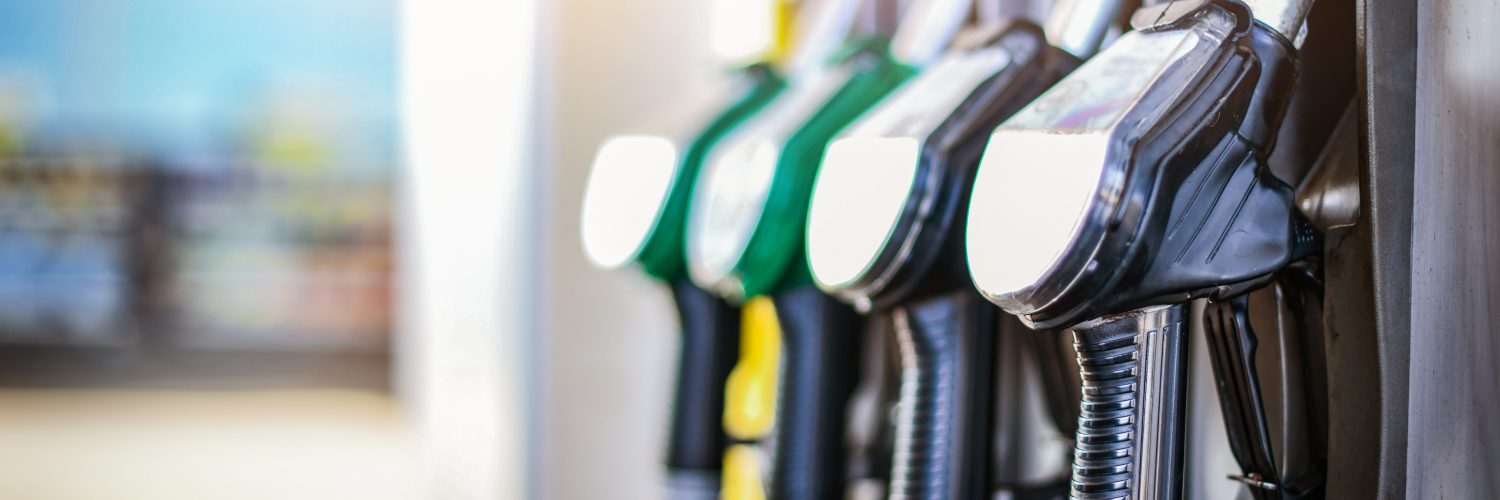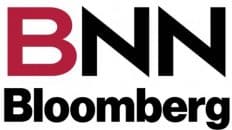The current skyrocketing prices of all energy related commodities requires all of us consumers to get back to the basics of: “Supply and Demand.”
Gasoline pump and diesel rack prices are moving with the rumoured and real changes in inventory and demand figures. Sometimes the speculators and traders look at the wrong numbers – and that is exactly what’s happening now.
The latest Energy Information Administration (EIA) report shows an increase in U.S. crude inventories of 4.3 million barrels. This immediately drove down the next day gasoline and diesel wholesale prices by 3 cents per litre.
I fail to see how this happened when crude inventories are 6% below the 5-year average.
I am even more confused when I see gasoline inventories down 3% while demand is up 9.4%. The balance for distillates is even worse because there are none with levels down 8% and with demand up 4%.
Of particular note is jet fuel demand fueled by the pandemic recovery, which is up 45%.
What everyone seems to be missing here is the fact that crude oil futures, and hence gasoline and diesel prices, are based on the inventory level movements at the futures pricing point – that being the 70-million-barrel tank farm at Cushing, Oklahoma.
The draw rate at Cushing is precipitous and this should be of great concern to those who are concerned about gasoline and diesel prices because there is a storage minimum point when the operations will have to be curtailed and supply cut off.
That inventory panic point is 20 million barrels. This week’s EIA report shows Cushing is now at 27 million barrels.
It appears that President Joe Biden has a lot more than just the debt ceiling to negotiate. If the draw down continues to the bottom of the Cushing tanks, then today’s $85/bbl crude price will be the floor price and not the ceiling.
– Roger McKnight – B.Sc., Senior Petroleum Analyst








Add comment